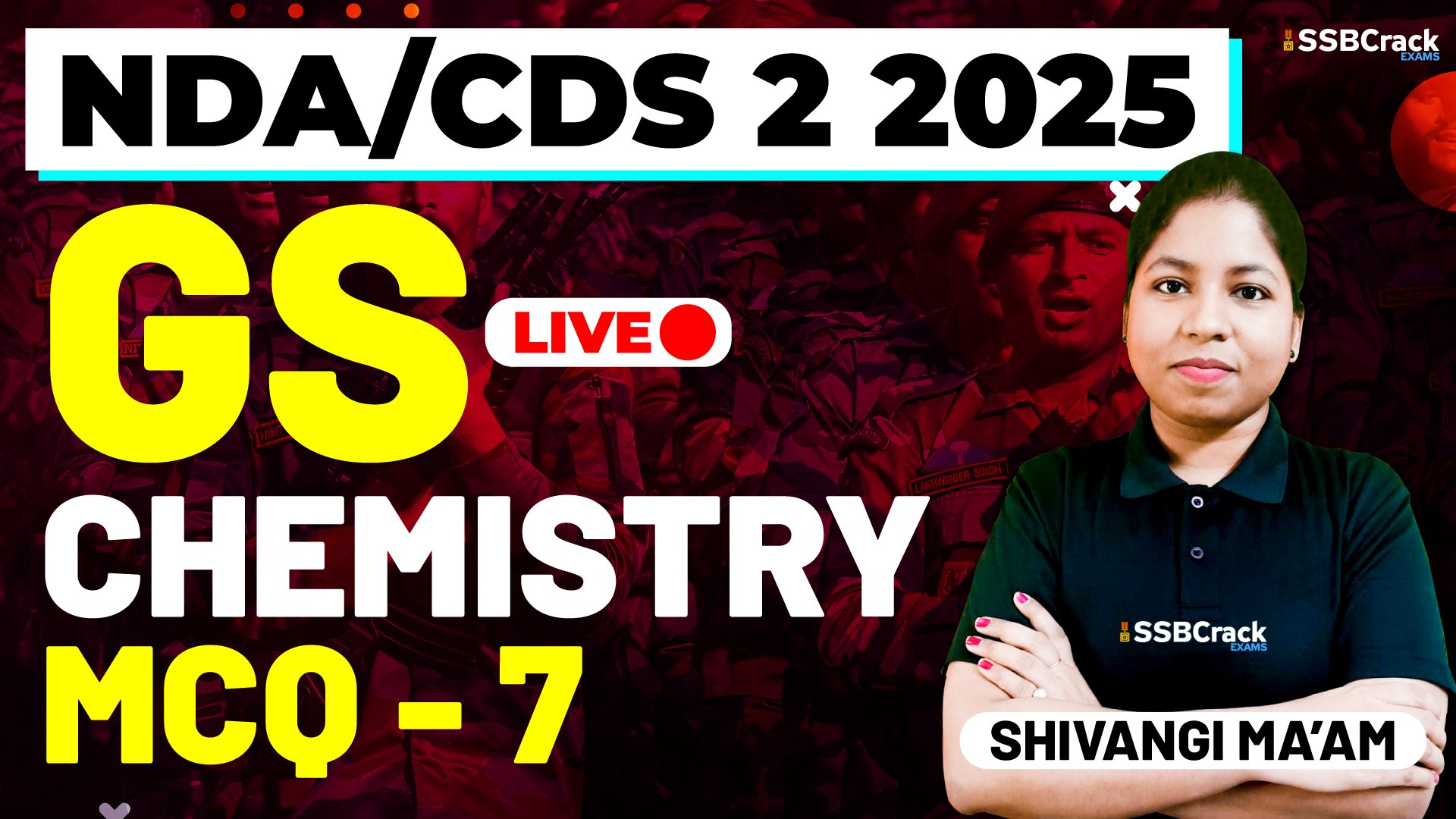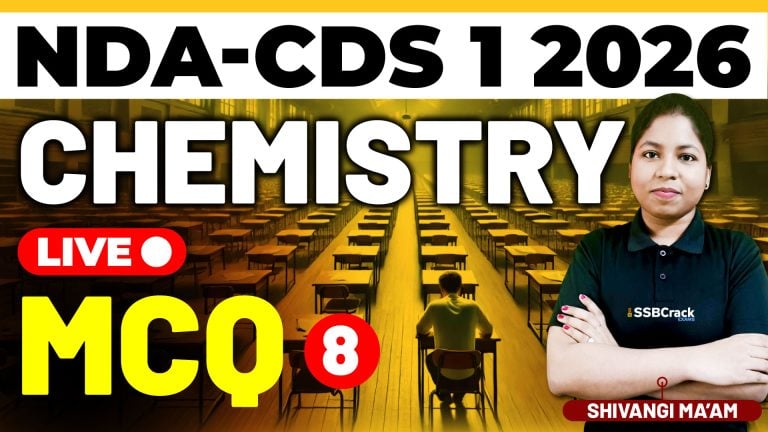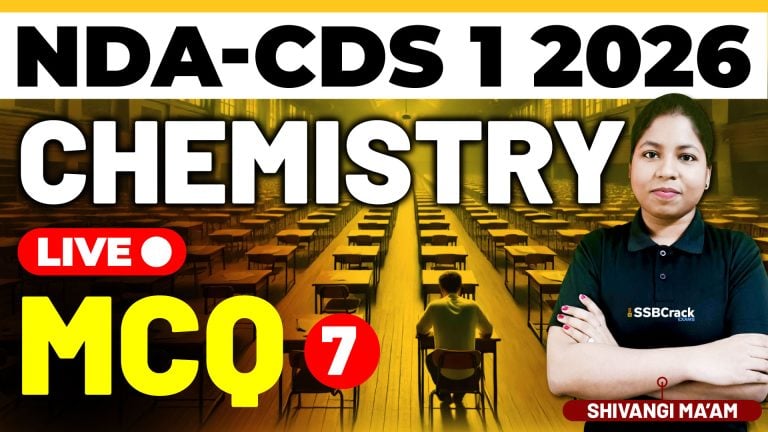Introduction
The concepts of atomic structure and the mole form the foundation of modern chemistry. Understanding these topics is essential not just for academic excellence but also for success in competitive exams like NDA and CDS. The atomic structure explains the internal makeup of atoms—the basic building blocks of matter—while the mole concept allows chemists to quantify and compare substances in a meaningful way. Together, they bridge the microscopic world of atoms and molecules with the macroscopic world we observe.
Atomic Structure
Atoms are composed of three primary subatomic particles: protons, neutrons, and electrons. The nucleus, at the center of an atom, contains protons and neutrons, while electrons orbit the nucleus in energy levels or shells. The number of protons defines the atomic number and hence the identity of the element. Electrons play a crucial role in chemical bonding and reactivity.
The Bohr model of the atom proposed that electrons revolve in fixed orbits with quantized energy levels. However, the modern quantum mechanical model, based on Schrödinger’s wave equations, describes electron positions in terms of probabilities rather than fixed paths. Key terms like atomic number (Z), mass number (A), isotopes, and electronic configuration are integral in understanding atomic behavior.
Mole Concept
The mole is a fundamental unit in chemistry used to express the amount of a substance. One mole of any substance contains Avogadro’s number of particles, which is 6.022×10236.022 \times 10^{23}6.022×1023. The mole concept allows us to calculate the mass, volume, and number of particles of a substance involved in chemical reactions.
Using molar mass (the mass of one mole of a substance), chemists can convert between grams and moles. This concept is especially helpful in stoichiometry—the calculation of reactants and products in chemical reactions. For gases, the molar volume (22.4 L at STP) also aids in determining the volumes of gases involved in reactions.
Conclusion
In summary, the atomic structure helps us understand the internal architecture of matter, while the mole concept gives us a practical method for measuring and analyzing chemical quantities. Mastery of these topics provides a strong base for solving numerical and conceptual problems in chemistry, which are frequently tested in NDA and CDS exams. A solid grasp of these fundamentals not only boosts confidence but also enhances analytical thinking required in military and academic careers alike.



















